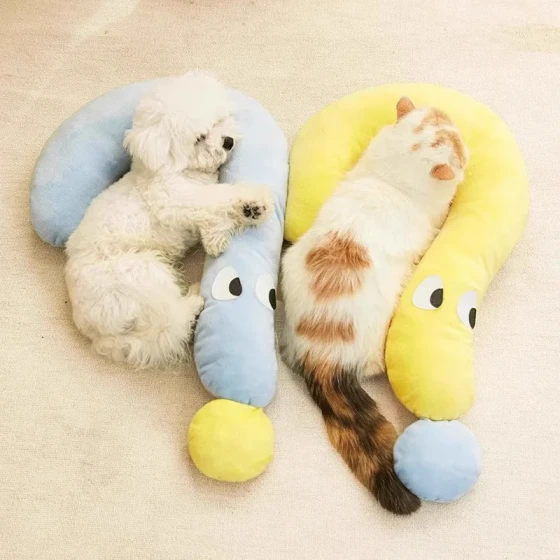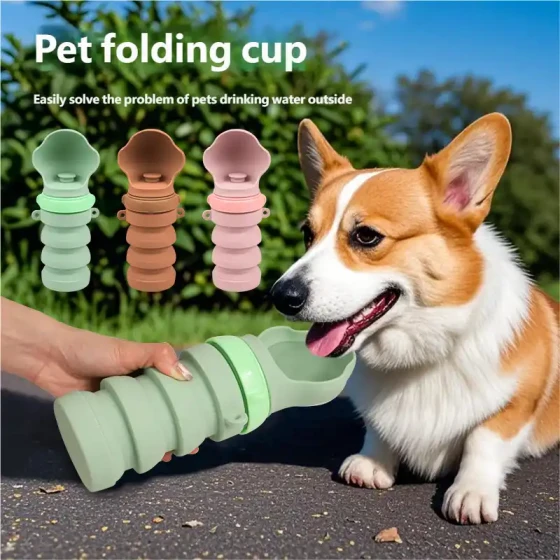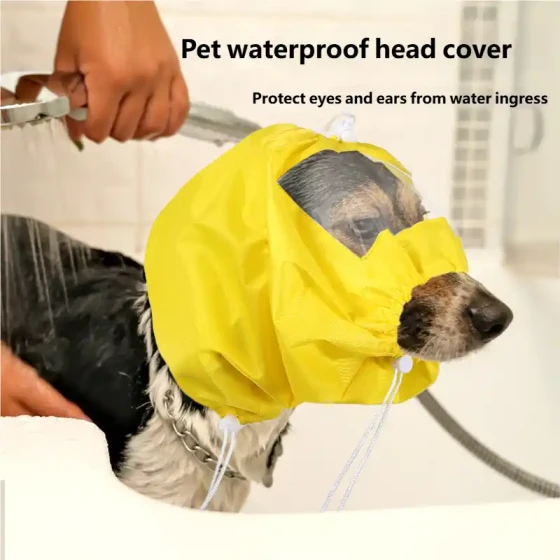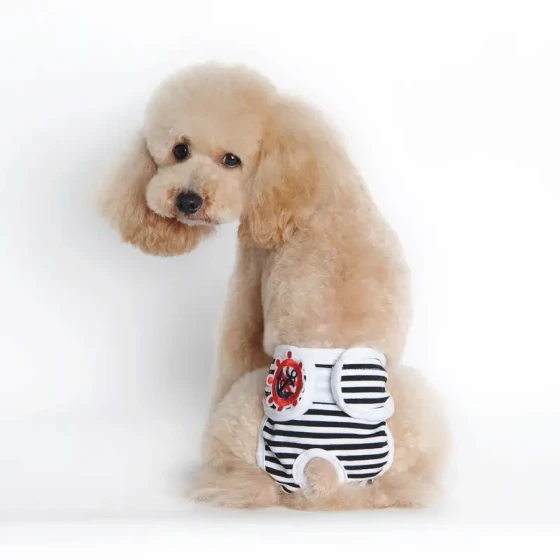Causes of Difficult Labor in Dogs, What to Do When Dogs Have Difficult Labor?
Difficult labor in dogs is a common situation during canine delivery. This condition refers to when a mother dog cannot smoothly deliver her puppies. It commonly occurs in small-sized dogs. If not treated promptly, it can easily cause the death of both the mother dog and the puppies. Today, the editor from Boqi.com will talk about the causes of difficult labor in dogs and what to do when dogs have difficult labor. Pet owners, come and have a look.

Causes of Difficult Labor in Dogs
1. Due to a narrow pelvis, deformities, or underdevelopment. As mentioned before, this situation mostly occurs in small dogs.
2. Abnormal fetal position, fetal deformities, etc., can also cause difficult labor.
3. The mother dog is fed high-protein and high-fat foods during pregnancy, while severely lacking exercise, causing obesity or suffering from systemic diseases. A weak constitution leads to insufficient labor power during delivery, resulting in difficult labor. Some dogs become fatigued after a few deliveries, leading to insufficient labor power.
4. Pregnancy before the mother dog’s body fully matures affects maternal development. Because the mother’s body is small, difficulty occurs during delivery. If a small breed female mates with a large breed male, the resulting fetus may be too large, also causing difficult delivery. Additionally, premature rupture of the fetal membranes can cause incomplete cervical dilation.

If the cause is insufficient labor power in the mother dog, and after diagnosis the fetus’s orientation, position, posture, and birth canal show no abnormalities, the following treatments can be applied: First, perform abdominal wall massage or gently massage the uterus through the abdominal wall while giving the mother dog a certain amount of sugar water to drink. Or subcutaneously inject 10–20 units of oxytocin, together with an intramuscular injection of 0.2–0.5 mg of 1% stilbestrol solution each time. The “squeezing out” method for the fetus can also be used, which involves tightly wrapping a wide towel around the abdomen from the diaphragm toward the pelvis to push the fetus out. If these measures still fail to expel the fetus, a cesarean section should be performed promptly.
Cesarean section procedure:
(1) Anesthesia and restraint: general anesthesia. For cases of prolonged difficult labor or poor general condition, light anesthesia combined with local infiltration anesthesia can be used for surgery. The sick dog is restrained in a supine position.
(2) Surgical method: a midline incision behind the umbilicus. The incision must strictly follow the midline to avoid damaging the mammary glands or the enlarged uterus on either side. The incision length depends on the size needed to exteriorize the uterine horn. Then, incise the skin, linea alba, and peritoneum to expose the abdominal cavity. Traction is applied to the uterine horn, isolated with gauze, then the uterus is incised at the greater curvature. The amniotic sac is torn open, the fetus is removed and handed to an assistant who wipes mucus from the mouth, nose, and face, and bluntly severs the umbilical cord. If bleeding occurs, ligate the umbilical cord and keep the puppies warm. After cleaning the wound, suture the uterus by aligning the edges, using continuous full-thickness sutures with intestinal thread, followed by continuous inverting sutures. Thoroughly wash the uterus with physiological saline and return it to the abdominal cavity, confirming no twists. Ampicillin is placed inside the abdominal cavity. Then suture the peritoneum with interrupted sutures to prevent thread breakage during closure. Use silk thread to continuously suture the muscle layer, knot sutures for the skin layer, and finally apply tincture of iodine to the wound. Postoperative care follows routine surgical protocols.
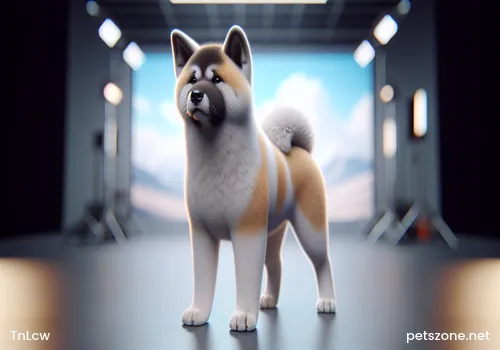
From this article, everyone should now understand the causes of difficult labor in dogs and what to do when dogs have difficult labor. Hopefully, it can help you. The editor reminds pet owners to learn more about pet care knowledge regularly to be prepared for emergencies.
